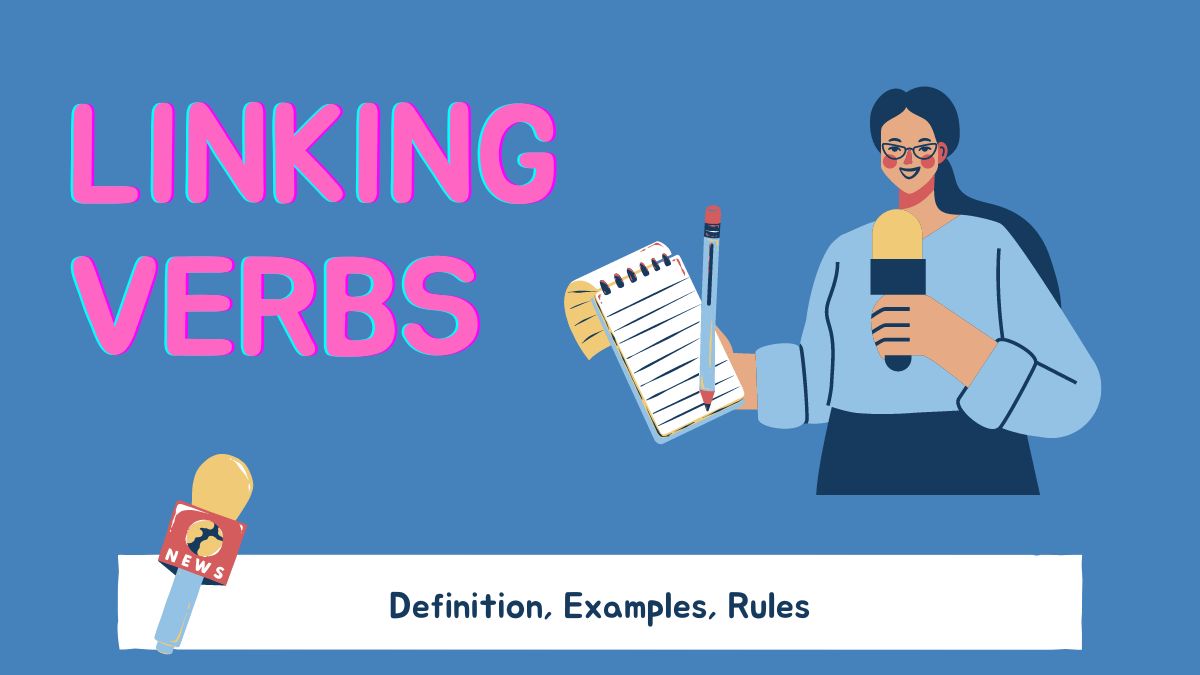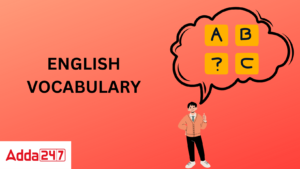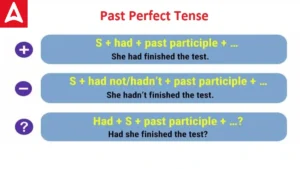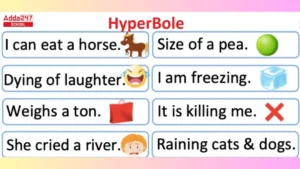Linking verbs are one of the most important types of verb in English. The name of the linking verb itself suggests that it is used for linking purposes. One of the various roles of verbs is to connect the subject in a sentence with the remainder of the sentence. The linking verb does this specific task.
You must have used these verbs frequently in your sentence. In this article, we will cover each and every aspect of the linking verbs ranging from its definition to its types and many more.
Linking Verbs
Linking verbs are verbs that do not indicate an action but instead explain the subject. Verbs like walk or jump show actions, while linking verb like be or seem provide additional information about the subject, like in “he appears kind” or “she works as an architect.”
Also referred to as copulas or copulae/copula, linking verbs play a vital role in all languages, with the most frequently used verb in English being the linking verb, be. Let us begin this article by giving you people the definition of the linking verb.
Definition of Linking Verbs
Linking verbs, as their name indicates, serve to connect the subject (noun or pronoun) with the rest of the sentence. It serves as a connection between the subject and subject complement within a sentence. Check the definition of these verbs based on various major dictionaries of English Grammar below.
As per the Merriam-Webster Dictionary, a linking verb is “an intransitive verb that connects a subject with a word or words in the predicate. The words ‘are’ in ‘my favourite fruits are apples and oranges’ and ‘look’ in ‘you look tired’ are linking verbs.”
A linking verb, according to the Cambridge Dictionary, is defined as “a verb that connects the qualities of an object or person to that object or person.”
The Oxford Learners’ Dictionary defines a linking verb as “a verb such as be or become that connects a subject with the adjective or noun (called the complement) that describes it.”
Examples of Linking Verb
Some of the most commonly used examples of linking verbs are given below.
- Be
- Become
- Seem
- Appear
- Remain
- Feel
- Look
- Smell
- Sound
- Taste
- Stay
- Grow
- Turn
- Prove
- Have
- Had
- Has
- Do
- Did
- Does
- Will
- Would
Let us now look at a few examples of the different forms of these three verbs, which can act as linking verbs.
| Verbs that Show the State of Being | Verbs that Describe the Five Senses | Verbs that Portray Change, Growth and Inactivity |
| Was/Were | Smell | Prove |
| Am | Appear | Grow |
| Being | Sound | Stay |
| Become | – | Get |
| Seem | Taste | Act |
| Been | Feel | Turn |
| Is/Are | Look | Remain |
Types of Linking Verb
Primary linking verbs and auxiliary linking verbs are the two main types of linking verb.
Primary Linking Verb: Some of the main primary verbs in English language are “be,” “become,” “seem,” “appear,” “remain,” “feel,” “look,” “smell,” “sound,” “taste,” “stay,” “grow,” “turn,” and “prove.” These type linking verb are used to convey a state of existence or situation. For instance, “She feels joyful,” “He looks fatigued,” “It looks overcast,” “We stay composed,” and “The soup has delicious flavor.”
Auxiliary Linking Verb: Helping linking verbs are also referred to as auxiliary linking verbs. These verbs are “have,” “had,” “has,” “do,” “did,” “does,” “will,” and “would.” These verbs are used to indicate a condition of existence in past, present, or future. Some examples include “She was happy,” “He is going to be tired,” “It looks cloudy,” “We stay calm,” and “The soup will be delicious.”
How to Use Linking Verbs
Let us have a look at the following examples to understand how linking verbs can be used.
- All basic forms of the ‘to be’ verb can be used as linking verb to qualify the state of being of the subject.
- All forms of the verb ‘to seem’ are used as linking verbs.
- All forms of the verb ‘to become’ are used as linking verb.
- Some verbs can act as both linking verbs and action verbs.
- Verbs that provide more information about the five senses can be used as the verb of linking type.
- Verbs that indicate growth, inactivity or change can also be used as linking verbs in sentences.
There are multiple purposes for using a linking verb.
- These verbs do not perform any action and are not action verbs, and they do not describe any action.
- Connecting one part of the sentence to another part within a sentence.
- To connect the subject with additional details, such as an adjective or a complement, to provide further information about the subject.
- To indicate a current relationship or state of the subject within a sentence.
Linking verbs function in a slightly unique manner. They are used as a link rather than to indicate an action. It appears that they may not have any specific meaning. It is typically located directly beside the subject in a sentence.
Use of Linking Verbs in Sentences
Now that you are familiar with the verbs that can function as linking verbs, do you not wish to learn how to incorporate them into sentences? Here are some sentences constructed with linking verbs to assist you with it.
- Navani seems to be very energetic today.
- The dish smells delicious.
- It seems like a good idea.
- They appear happy.
- We remain calm.
- I feel exhausted.
- She looks beautiful.
- The dress you were wearing yesterday looked great on you.
- Divya and Mazeeka remained best friends even after all the fights they have had in the past.
- The little boy sounded excited about the school trip.
- Gavin is the new marketing manager of CSD Fin Corp.
How to Recognize a Linking Verb?
Recognizing linking verbs is an easy job. Understand the rules given below for identifying the linking verb in a sentence.
- Look for words that express a condition. For example, words like “seem,” “appear,” “remain,” “feel,” “look,” “smell,” “sound,” “taste,” “stay,” “grow,” “turn,” and “prove.”
- Look for words that are used to express a state of being in the past, present, or future. For example, words like “have,” “had,” “has,” “do,” “did,” “does,” “will,” and “would.”
- Look for the words “is,” “are,” “was,” and “were” in the sentence. These words are often used as linking verbs, and they can help you identify them easily.
Difference Between Linking Verb and Action Verb
Verbs are commonly known as “action terms.” However, linking verbs do not truly express any action. They decide to describe and link with each other instead of acting. More precisely, this group of words conveys a state of existence. Additionally, it creates a link between the subject of a sentence and the subject complements within that sentence. While the action verbs perform the action in a sentence or denotes the action done by the subject.
Linking Verbs Exercise
Candidates should solve the exercise given below by filling the correct instances of the linking verb in the following questions.
- Ferry and Henry _________ exhausted after cleaning every loft in the office.
- I _____ the class teacher of VII B.
- The teacher ________ absent today.
- My parents ________ tired after the long journey.
- This book on women and society _______ to be interesting.
- The child ______ happy.
- Beth _____ the Vice Principal of St Luke’s Anglo Indian Girls High School.
- Kenny ______ a great man.
- Your brother ________ really cool.
- The tree _______ cut.
Answers:
- Ferry and Henry were exhausted after cleaning every loft in the office.
- I am the class teacher of VII B.
- The teacher was absent today.
- My parents were tired after the long journey.
- This book on women and society seems to be interesting.
- The child looks happy.
- Beth is the Vice Principal of St Luke’s Anglo Indian Girls High School.
- Kenny seems to be/is/was a great man.
- Your brother sounds really cool.
- The tree was cut.
| Related Post | |
| Verb Forms | Transitive and Intransitive Verbs |
| Modal Verbs | Auxiliary Verbs |









 Vocabulary Words with Meaning and Senten...
Vocabulary Words with Meaning and Senten...
 Past Perfect Tense: Definition, Formula,...
Past Perfect Tense: Definition, Formula,...
 Hyperbole- Explanation, Definition, Exam...
Hyperbole- Explanation, Definition, Exam...














